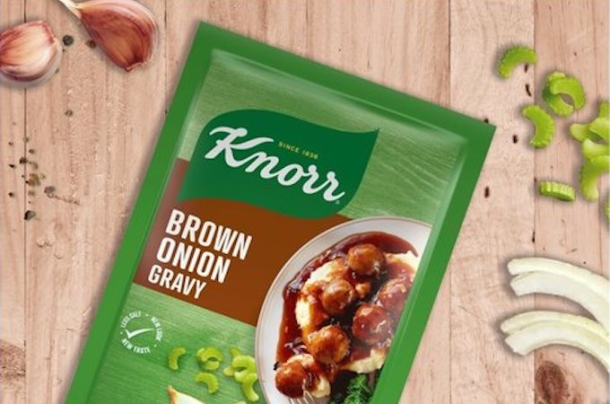How to spot sneaky price increases
The only way consumers can accurately compare prices of competing brands is to focus on the unit price
How does a manufacturer maintain its profit margin on a bottle of tomato sauce, a slab of chocolate or a bar of soap without putting up the price?
By going to the considerable expense of designing a pack that contains less product but looks pretty much the same size as the old one.
This phenomenon has a name, shrinkflation, and statisticians can no longer ignore it, given its effect on food prices. A couple of years ago Stats SA adapted its consumer price inflation calculations by introducing unit-price values — the per-gram price — which gives a true reflection of what our groceries are costing us.
The manufacturers apparently believe that consumers would prefer to get less product than pay more but, because they are silent about subtle pack shrinkages, consumers are left feeling duped and short-changed.
It’s a global phenomenon and it’s particularly prevalent with the big confectioners.
In South Africa, the price of a slab of Cadbury’s chocolate has not gone up too much but in recent years the 200g slab, for example, has shrank to 180g and then again to its current 150g.
And there are many more examples: Unilever has shrunk its Magnum ice creams; All Gold tomato sauce bottles hold 50ml less than they used to, boxes of rusks are lighter, jars of peanut butter have shrunk, some packs of bacon are now only 200g instead of 250g, and Pringles packs have gone from 165g to 110g.
It’s the same story in the cosmetics aisle. Colgate reduced some of its toothpaste variants from 100g to 75g, and Protex soap bars shrank from 200g to 175g.
The “let them get less” phenomenon is confusing to consumers because competing brands now look the same size on the shelf but the contents vary, sometimes considerably.
So those who base their choices solely on selling price aren’t necessarily getting the best value because they’re paying less, but getting less, too.
The only way consumers can accurately compare prices of competing brands is to focus on the unit price. So, for example, in a Pick n Pay store, All Gold tomato sauce’s shelf label displays the selling price as R19.49, and on the left, in much smaller print, is the unit price: R2.78 per 100ml.
Unfortunately, only Pick n Pay and Shoprite-Checkers display unit prices. Spar and Woolworths stores do not. Consumer pressure could change that.
In the UK, consumer body Which? last month called on the British Retail Consortium to act on “confusing and misleading” supermarket prices.
Which? is concerned about special offers, difficulty in comparing prices and shrinking packs without a corresponding price reduction.
This article originally appeared in The Times
News Category
- International retailers
- On the move
- Awards and achievements
- Legislation
- Wine and liquor
- Africa
- Going green
- Supplier news
- Research tools
- Retailer trading results
- Supply chain
- Innovation and technology
- Economic factors
- Crime and security
- Store Openings
- Marketing and Promotions
- Social Responsibility
- Brand Press Office
Related Articles

Warning of Eskom collapse

Knorr recalls brown onion gravy sachets

Eskom CEO shares good news about load-shedding

Tax warning for South African businesses


